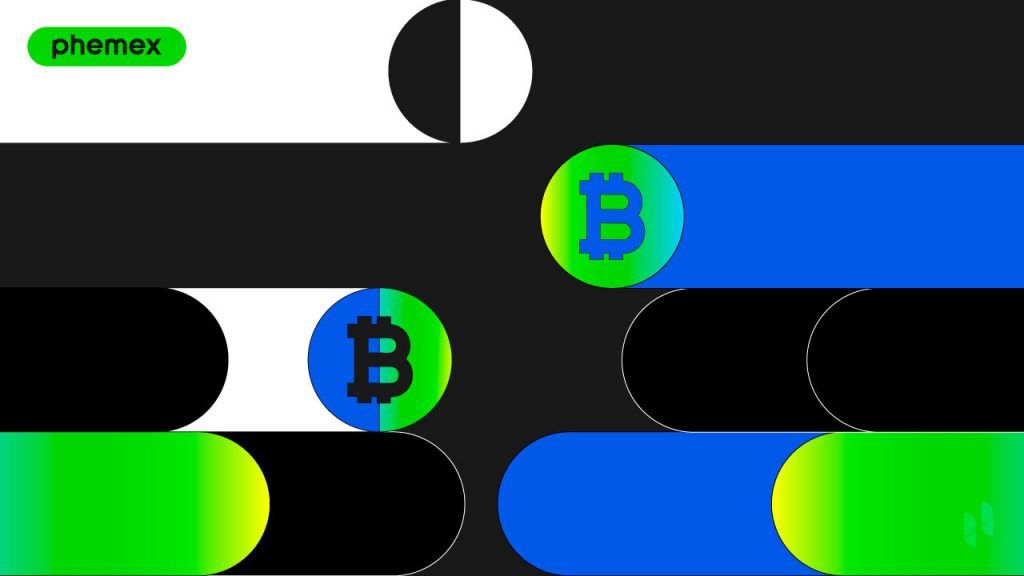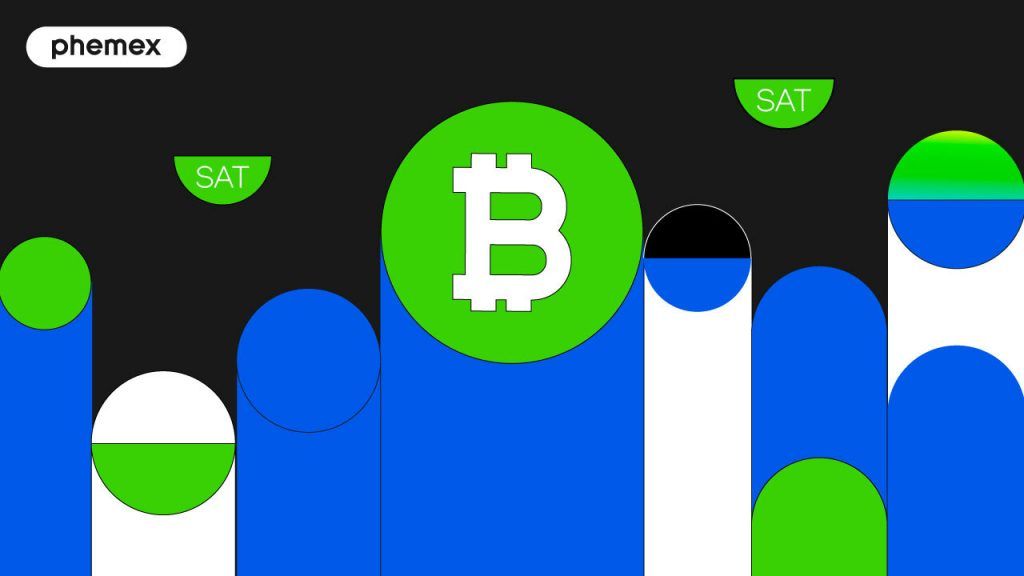Summary
- Currently, three Bitcoin addresses exist in the market: Legacy, SegWit, and Native SegWit.
- Users can transfer their BTCs from an Legacy to SegWit address as a normal transfer.
- Native SegWit is supported by major software and hardware wallets. However, not all exchanges support this format. The transaction costs with a native SegWit are the cheapest.

What is a Bitcoin Address?
In order to use Bitcoin for daily payments, individuals need to be able to identify where they send and receive funds. However, since we are talking about a digital currency, the location where you send or receive Bitcoin is available on the internet and is represented by a string of unique letters and numbers. This series is called a Bitcoin address.
A Bitcoin address is the destination or source of a Bitcoin payment. Similar to sending funds to a bank account, if you want to send Bitcoin to someone, one needs an address which you or the sender can insert into their wallet to make the transaction. A Bitcoin address can be created by downloading a Bitcoin wallet that allows users to send, receive, and store Bitcoins on the Bitcoin network. These wallets also record your private keys. As of now, three Bitcoin addresses exist in the market, namely: Legacy, SegWit, and Native SegWit. Before we dig deep, let’s understand why the Bitcoin community needed three types of addresses.
A Brief History of Bitcoin Addresses
During the neolithic age of Bitcoin, only one form of address was available, called P2PKH or Legacy. However, in 2016 and 2017, the debate around Bitcoin’s block size started to heat up. This was because Bitcoin had a maximum size of 1 MB per block, therefore, only a specific number of transactions could be added at a particular time. The weight of all the growing transactions began to clog the network, which further resulted in long-processing times and hourly delays. The Bitcoin community tried to solve this concern. The proposed solutions centered around taking a portion of the transactions and deploying them on a second layer, thereby taking some load off of the main chain. This portion is called the witness data and is technically known as the segregated witness (SegWit).
What is a SegWit?
In any given transaction on a blockchain, digital signatures take almost 65% of the space. SegWit attempts to reduce this space by ignoring the data attached to a signature. It moves the signature from input to a structure towards the end of a transaction, increasing the one MB limit for block sizes to close to four MB.

What is a Native SegWit?
Therefore, in August 2017, a soft fork occurred on the BTC chain, in which the developers introduced SegWit to the community, and Native SegWit is an upgraded version of the SegWit update.
3 Types of Bitcoin Address
1) Legacy Address
A Legacy address uses a special script hash function called P2PKH (Pay-to-Pubkey Hash) address and starts with the number 1. For example, 1BvBMSEYstWetqTFn5Au4m4GFg7xJaNVN2. It is the original style of the Bitcoin network and still works to date.
2) Segwit Address
Unlike Legacy addresses, a SegWit address starts with the number 3 and has more elaborated functionality than a legacy address. It uses a P2SH script function, which is often utilized for multisig addresses that, for example, can declare that several digital signatures are needed to validate a trade.
Additionally, the SegWit format can enable non-native segwit transactions through a cryptographic standard called P2WPKH-in-P2SH. Though SegWit offers multiple functionalities, users don’t necessarily need to know them as long as they understand if their wallet is a SegWit wallet or not. Furthermore, since SigWit is a soft fork, it is backward compatible, which roughly means that users can transfer their BTCs from Legacy to SegWit address as a normal transfer.
3) Native SegWit
Widely known as the Bech32 address, native SegWit looks different from the P2-styles as it starts with bc1, for example, bc1qar0srrr7xfkvy5l643lydnw9re59gtzzwf5mdq. This format is supported by major software and hardware wallets. However, only a few exchanges support them. Also, while most trading platforms allow users to send Bitcoin to a bech32 address, they don’t provide an option to receive them in this format. Currently, over 11% of BTCs are stored in a native segwit address.
Legacy vs SegWit vs Native SegWit: Which one is Better?
Wallet Support
All three addresses are compatible with each other, which means users can send or receive Bitcoins from one address to another. However, it depends upon the wallet provider whether they support all wallets or not. Often, it has come into the observation that older wallets don’t support the native segwit address. Therefore, it is better to check with the wallet provider.
Efficiency
In terms of efficiency, SegWit is better than Legacy network because it separates the transaction signature from the transaction data. It means users utilizing SegWit addresses will pay a lower fee compared to the Legacy users. Also, the transactions are faster due to the large capacity of each block on the SegWit address that helps in storing much more transactions comparatively. Moreover, because SegWit removes signatures from the transaction data, no malicious actor can tamper with the transaction signatures.
Transaction Costs
On the other hand, the native SegWit is the latest development in the field. While transactions with a SegWit address are better than a Legacy address, transactions with a native SegWit are even cheaper. Regarding Bitcoin SegWit vs Native SegWit, the latter wins the race as it offers a bigger block size and the transaction fees are much lower than any other Bitcoin address format.
Read More
- Bitcoin Public Key vs. Private Key: All You Need to Know
- What is Bitcoin: World’s Largest “Group Project”
- What is a Crypto Wallet?
- What is Bitcoin Transaction: Components, Verification and Privacy
- What is a Crypto Wallet? How does it Work?
- Why Does Bitcoin Have Value?
- How to Trade Bitcoin Safely: Trustworthy Bitcoin Trading
- What is Cryptocurrency & How It Differs From Digital Cash









